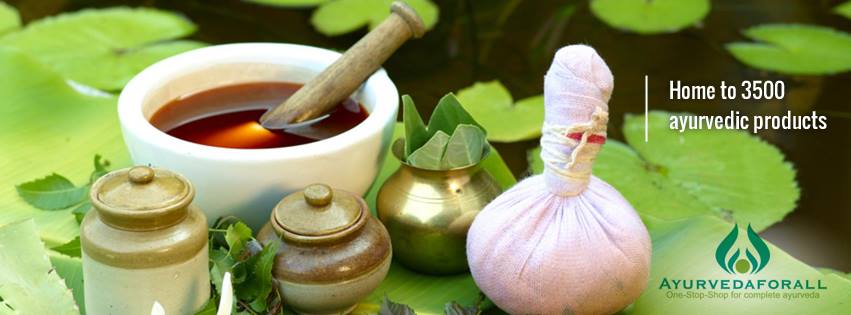ayurvedic herbs for bone health
Haridra (Curcuma longa): Haridra, commonly known as turmeric, has anti-inflammatory and antioxidant properties. It is often used for its soothing effects on the skin and to promote wound healing.
Maintaining a diet rich in fiber is crucial while using Pilef tablets. Incorporating raw vegetables and fruits, such as leafy greens, cucumbers, carrots, and apples, can provide a good source of fiber and essential nutrients. Include a variety of vegetables, including legumes like lentils and beans, as well as cruciferous vegetables like broccoli and cauliflower. These options are not only high in fiber but also offer additional health benefits. Opt for whole grain cereals like brown rice, quinoa, whole wheat bread, and oats, as they contain more fiber compared to refined grains. When following a diet while using Pilef tablets, it's advisable to avoid hot and spicy foods, fried items, and red meat, as they can potentially aggravate digestive issues. Instead, focus on incorporating milder spices and flavorings that won't overly stimulate the digestive system.
Adaptogenic and Rejuvenating Properties: Bala is considered an adaptogenic herb, which means it helps the body adapt to stress and promotes overall vitality. It is believed to rejuvenate and nourish the body, supporting physical and mental well-being.
